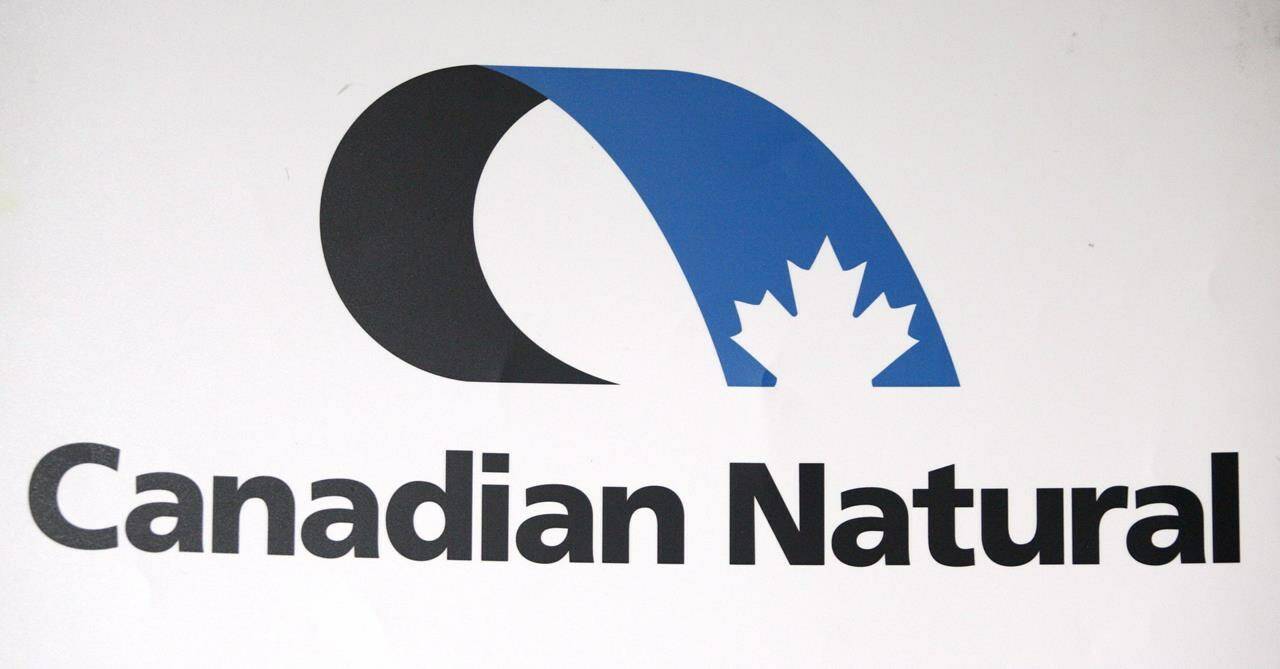The head of Canada’s largest oil-and-gas producing company criticized the federal government’s proposed emissions cap for the energy sector Thursday, arguing environmental goals must be balanced with economic and energy security concerns.
Canadian Natural Resources Ltd. president Tim McKay made the comments during a conference call with analysts. While the purpose of the call was to discuss the company’s second-quarter financial results, McKay took aim at Ottawa’s proposed cap in his opening remarks.
He also talked up the emissions reduction efforts that are already under way through Pathways Alliance, an industry group that includes CNRL and other major Canadian oilsands producer.
“In our view, this (federal) cap is unnecessary and overly ambitious in light of our stated preference for government and industry to continue to work together through the Pathways initiative to achieve an already announced emissions reduction target,” McKay said.
“It is important for all parties to continue to work together.”
The Trudeau government indicated earlier this year that it would impose a cap on greenhouse gas emissions from the oil and gas sector in order to enable Canada to meet its 2030 emissions reduction target.
While the government has so far not indicated what the allowable level of emissions will be, it issued a discussion paper earlier this month in which it said it is considering two options — a cap-and-trade system that will set regulated limits on emissions from the sector, or a modified carbon pricing system for heavy emitters that would see oil-and-gas players pay a higher carbon price.
The federal government has stated it believes Canada’s oilpatch is capable of reducing emissions by 31 per cent below 2005 levels by 2030, or 42 per cent below 2019 levels. (Emissions from the sector have risen by 20 per cent since 2005, due to increased production, though emissions intensity per barrel has decreased).
That would bring total emissions from the sector — including production, refining and transportation via pipelines — to 110 million tonnes by 2030, down from 191 million tonnes in 2019. They haven’t been that low in more than three decades.
Oilsands industry leaders have suggested meeting such an ambitious target in a relatively short time frame is likely unachievable. Instead, they have set their own targets through the Pathways Alliance, pledging to reduce oilsands production emissions by 22 million tonnes by 2030. That would represent an approximate 30 per cent reduction from current levels.
Key to the industry’s plan is a proposed carbon capture and storage project that would capture CO2 from oilsands facilities and transport it to a storage facility near Cold Lake, Alta, delivering about 10 million tonnes of emissions reductions per year from oilsands production.
Pathways Alliance members have not yet pulled the trigger to go ahead with the project, though the group has said the investment tax credit for carbon capture and storage projects unveiled by the federal government earlier this year is an important step.
“The tax credit is a positive approach where industry and government can co-invest in CCUS infrastructure at an achievable pace of development,” McKay said Thursday.
CNRL reported Thursday that it more than doubled its second-quarter profits in 2022 as the war in Ukraine continued to put pressure on global energy supplies. The Calgary-headquartered company said it earned $3.5 billion or $3 per diluted share for the quarter ended June 30, up from $1.6 billion or $1.30 per diluted share in the same quarter last year.
Crude prices spiked during the quarter, driven largely by Russia’s invasion of Ukraine, with North American benchmark WTI up 15 per cent from the first quarter and up 64 per cent from last year’s second quarter.
Canadian Natural’s daily production, before royalties, averaged 1,211,147 barrels of oil equivalent per day in the quarter, up from 1,141,739 in the same quarter last year.
The company increased its production guidance for 2022 by two per cent on Thursday, and said it now expects to add 40 million barrels of oil equivalent per day of growth in 2023, and 96 million barrels of oil equivalent per day of growth by 2025. It has increased its 2022 total budget for capital expenditures by $575 million to $4.9 billion, saying it will drill 15 additional thermal in situ wells this year.
CNRL also announced Thursday a special dividend of $1.50 per common share, citing what the company called its “very robust” financial position, rapidly decreasing debt levels, and “significant” free cash flow. The special dividend will be payable Aug. 31 to shareholders of record by end of day Aug. 23.
– Amanda Stephenson, The Canadian Press

